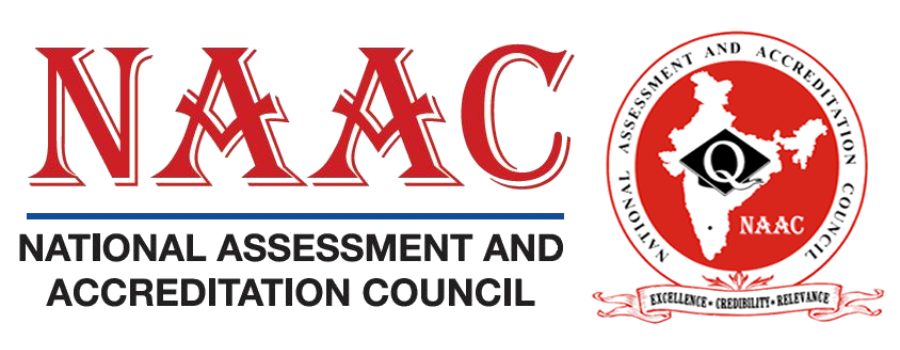With NEP 2020 (National Education Policy) coming into the picture and giving huge weightage to Quality Education, NAAC has become crucial for every higher education institution in India. Let’s decode & understand what this NAAC is all about!
The National Assessment and Accreditation Council (NAAC) plays a crucial role in promoting and maintaining quality in higher education institutions across India. Colleges and universities are evaluated and given NAAC accreditation to confirm their adherence to the criteria. In this article, we shall examine the importance of NAAC, its evaluation system, the accreditation procedure, and the advantages it provides to educational institutions. Educational stakeholders can make wise judgments and work towards continuous development by recognizing NAAC’s role in boosting quality, eventually benefiting students and society.
Significance of NAAC
The University Grants Commission (UGC) founded NAAC in 1994 to foster quality in institutions of higher learning. Its main goals include:
- Supporting quality assurance.
- Encouraging an accreditation and evaluation culture.
- Motivating institutions to pursue continual improvement.
To ensure that an institution meets the requirements and expectations of students, faculty, and other stakeholders, NAAC thinks that quality assurance should be a fundamental component of its operations.
The NAAC Assessment Framework
The NAAC uses an in-depth methodology to rank colleges according to several criteria. Curricular Aspects, Teaching-Learning and Evaluation, Research, Consultancy, and Extension, Infrastructure and Learning Resources, Student Support and Progression, Governance, Leadership and Management, and Innovations and Best practices are the seven criteria that make up the framework. Each measure is subsequently divided into several critical indicators, which offer a thorough evaluation of the positive aspects as well as drawbacks of an institution.
Accreditation Process
An institution’s performance is extensively assessed using the assessment framework as part of the NAAC certification process. A self-study report (SSR) that thoroughly reviews an institution’s performance, efforts, and accomplishments is required of all institutions applying for accreditation. A peer team of academic administrators and subject specialists visits the institution for an on-site evaluation after the SSR. The team reviews paperwork, communicates with stakeholders, conducts interviews, and examines infrastructure and facilities.
Benefits of NAAC Accreditation
Having an educational institution accredited by NAAC has many advantages:
- It assures that an institution satisfies the necessary criteria and provides external certification of the quality of the institution. An institution’s legitimacy is raised by accreditation, which increases its appeal to recruits in the employment and academic communities and students.
- It makes it easier for certified institutions to collaborate and network.
- Accreditation is necessary to be eligible for funding and grants from different public and private organizations.
Learn more about the benefits of having a NAAC accreditation for your institution
Improving quality through NAAC
NAAC accreditation promotes ongoing improvement rather than a one-time achievement. Through the assessment process, institutions are advised to recognize their benefits and drawbacks and develop strategies to rectify them. NAAC provides feedback and recommendations to assist institutions to improve their performance. Institutions can enhance their teaching strategies, facilities, research output, student support systems, and general governance by implementing these recommendations.
NAAC plays a vital role in improving the standard of higher education in India. Its thorough evaluation methodology, high accrediting standards, and emphasis on continuous enhancement all help advance educational institutions. An institution’s quality is confirmed by NAAC accreditation, which also has several advantages, including increased credibility and resource availability. Educational institutions can strive for excellence and benefit students, faculty, and society by accepting NAAC’s assessment and accreditation standards.

